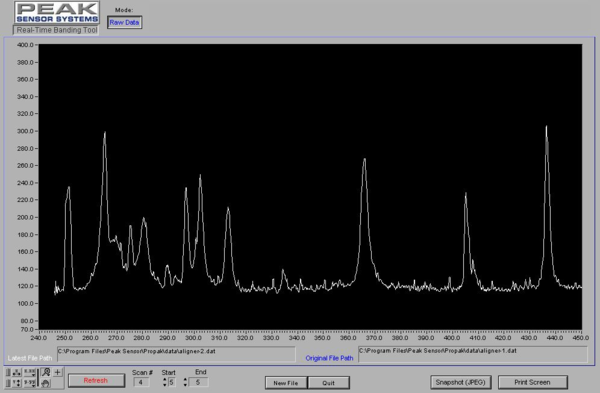DUV Flood Expose: Difference between revisions
Jump to navigation
Jump to search
(cosmetic) |
(SOP Rev) |
||
| (One intermediate revision by one other user not shown) | |||
| Line 1: | Line 1: | ||
<br />{{ |
<br />{{tool2|{{PAGENAME}} |
||
|picture=DUV.jpg |
|picture=DUV.jpg |
||
|type = Lithography |
|type = Lithography |
||
|super= Lee Sawyer |
|super= Lee Sawyer |
||
|super2= Bill Millerski |
|||
|phone=(805)893-2123 |
|phone=(805)893-2123 |
||
|location=Bay 6 |
|location=Bay 6 |
||
| Line 31: | Line 32: | ||
==Documentation== |
==Documentation== |
||
*[https:// |
*[https://wiki.nanofab.ucsb.edu/w/images/8/89/DUV_Flood_Expose_SOP_Rev_C.pdf DUV Flood Expose Standard Operating Procedure] |
||
Latest revision as of 22:40, 4 January 2024
| ||||||||||||||||||||||||||
About
This unit consists of a collimated deep ultraviolet (DUV) light source (mercury gas discharge short arc lamp) and power supply. The substrate is placed on a rotating chuck (not presently working) and is exposed by opening a timer-controlled shutter.
Materials that are exposed are primarily spun-on thin films such as PMMA, PMGI, etc.
Detailed Specifications
- DUV wavelengths are 200-260 nm; the lamp power is limited to 1000 watts and can operate in either constant intensity or constant power mode
- The full spectrum of Hg emission wavelengths from 200-450 nm is present on the sample
- Exposure can be performed on a 4" wafer
- Lamps are nominally rated for 400 hours
- A reset timer was added in Feb. 1995 to limit "on" time (ie. provide for auto shut-off) for bulb life conservation

